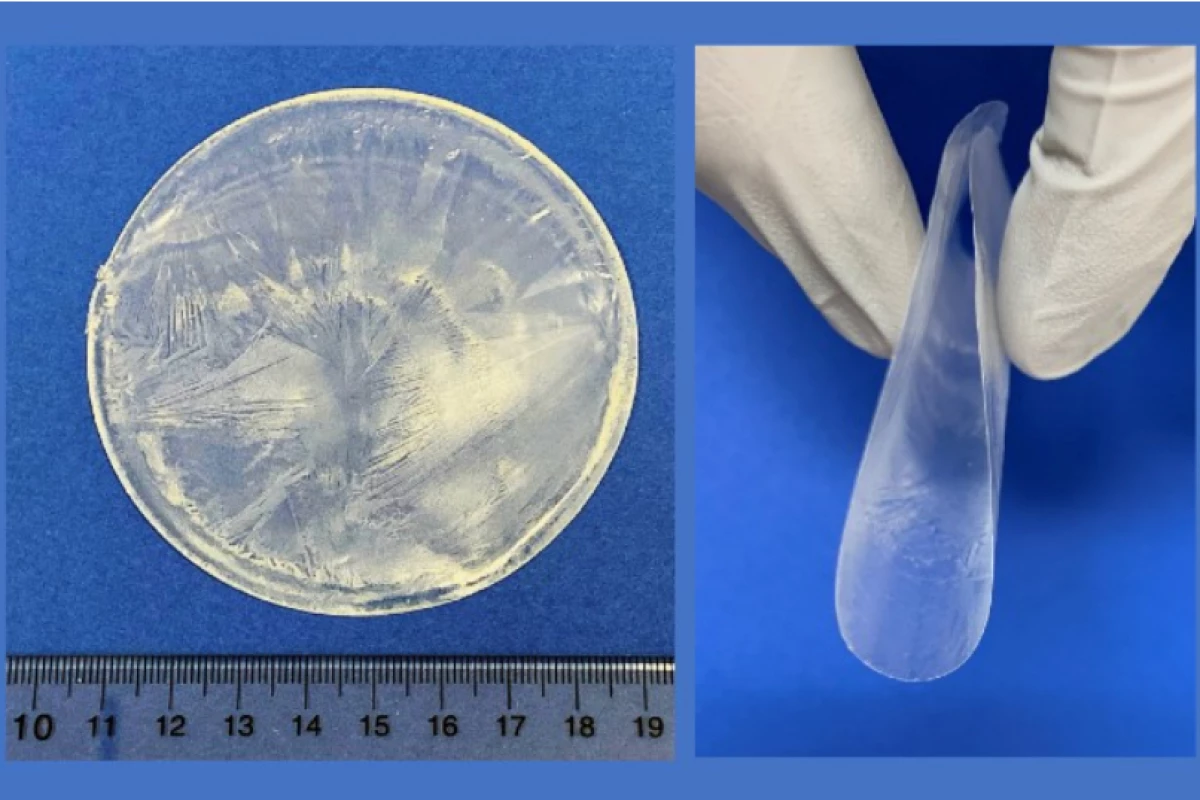Although we've already heard how electrical stimulation can help speed the healing of wounds, electrical devices themselves often can't be implanted in soft tissue. That could soon change, though, thanks to the development of a new "piezoelectric wafer."
If an implant is too hard and rigid – or if it's made of toxic materials – it will be treated as a foreign object by the body's immune system. As a result, it will get coated in scar tissue, reducing its functionality.
Led by Prof. Xudong Wang, scientists at the University of Wisconsin have developed a patch-like tissue-stimulating implant that gets around such problems. It's known as a piezoelectric wafer, and it contains crystals of the non-toxic amino acid lysine. Via a self-assembly process, those crystals form and align themselves between two sheets of a flexible, biocompatible, biodegradable polymer called polyvinyl alcohol (PVA).
The crystals are piezoelectric, meaning that they generate an electrical charge upon being subjected to mechanical stress. When some of the crystal/PVA wafers were implanted in the chests and legs of rats, it was found that the animals' regular muscle movements were enough to produce a measurable electrical output. Conceivably, that current could one day be used to stimulate adjacent injured biological tissue in human patients, aiding in the healing process.
Additionally, blood tests showed that when the wafers eventually dissolved within the rats' bodies, they produced no harmful effects.
"We believe the technology opens a vast array of possibilities including real-time sensing, accelerated healing of wounds and other types of injuries, and electrical stimulation to treat pain and other neurological disorders," says Wang. "Importantly, our rapid self-assembling technology dramatically reduces the cost of such devices, which has the potential to greatly expand the use of this very promising form of medical intervention."
Wang has previously developed a triboelectric patch that can be placed on broken bones to help them heal, plus he's created a wound-stimulating external bandage which is powered by the movements made by the patient's chest as they breath.
A paper on his piezoelectric wafer was recently published in the journal Science.
Source: National Institute of Biomedical Imaging and Bioengineering




